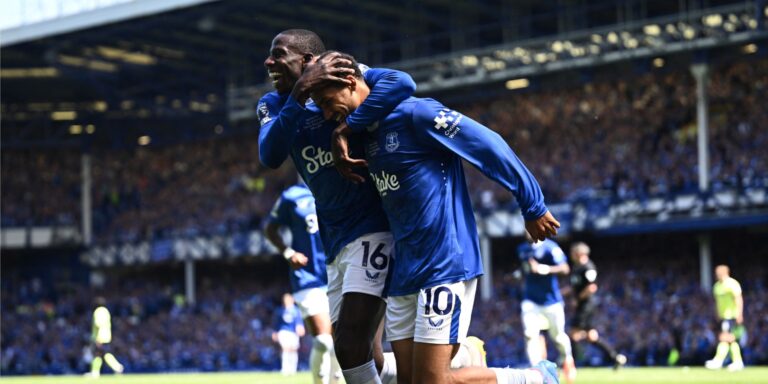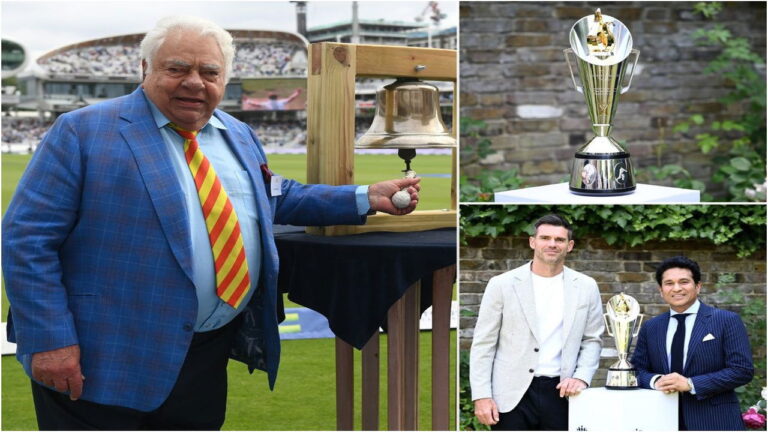

The subject of today’s newsletter is the 1911 Philadelphia Athletics, who are No. 34 in the Best 50, my list of the greatest ballclubs in history. The rankings come from my new book, Baseball’s Best (and Worst) Teams.
Here’s a quick boilerplate explanation that I’m appending to every story in this series:
I compiled the Best 50 by analyzing 2,544 major-league teams from 1903 to 2024. Those clubs have been ranked by their team scores (TS), which are plotted on a 100-point scale. (A given club’s all-time percentile is the percentage of the other 2,543 teams that it outperformed.)
See my book for an explanation of my TS calculations. The book also offers separate breakdowns of the best and worst clubs for every decade and franchise, comprehensive profiles of the Best 50 (including position-by-position lineups and much more information than you’ll find in this newsletter), and similar summaries of the 10 worst teams of all time.
Now on to today’s profile.
-
Team: 1911 Philadelphia Athletics
-
Team score: 86.306 points
-
All-time rank: 34 of 2,544
-
All-time percentile: 98.70%
-
Season record: 101-50 (.669)
-
Season position: First place in American League
-
Final status: World champion
Suspense had been lacking in 1910, when the Philadelphia Athletics seized control of the American League race by early July. The following season was considerably different. The A’s lost 15 of their first 28 games in 1911. They were mired in fifth place on May 19, lagging 12 games behind the first-place Detroit Tigers. Another pennant seemed unlikely.
That’s when the Athletics switched on the afterburners. They went 34-7 over the next six and a half weeks, briefly popping into first place on July 4 before spiraling into another slump. The A’s didn’t claw back to first place until August 4, when they finally held on for good. They cruised to a 13.5-game margin.
Philadelphia’s pitching staff had set the pace in 1910, but it was the hitters’ turn in 1911. The A’s led the AL in every significant offensive category, including runs per game (5.66) and batting average (.296). Home Run Baker finally lived up to his nickname, topping the league with 11 blasts. Nobody else in the AL hit more than eight.
Get the complete lowdown on the 50 greatest (and 10 weakest) clubs of all time
It seemed that the Athletics had met their match in 1911’s World Series. The New York Giants edged them 2-1 in Game One, then carried a 1-1 tie into the late innings of Game Two.
Home Run Baker intervened at that point, striking a two-run homer to knot the series at one win apiece. New York ace Christy Mathewson was just two outs away from a shutout the next afternoon, but Baker smashed another homer to tie Game Three at 1-1. A pair of unearned runs brought the A’s a 3-2 victory in the 11th inning. They wrapped up the series with a 13-2 thrashing of the Giants in Game Six.
A new installment will arrive in your email each Tuesday and Friday morning
Harry Davis had long been the Athletics’ mainstay at first base, a dependable .300 hitter in his prime. But his average had slipped to .248 in 1910, and his 38th birthday would arrive in July 1911. Manager Connie Mack decided to make a change.
Mack turned to 20-year-old Stuffy McInnis, whose 5-9 stature hardly fit the prototype for a first baseman. But McInnis could hit (.321 that year), and he was a wondrous fielder. The Sporting News soon pronounced him “one of the most sensational and valuable first basemen the game has ever produced.”
McInnis was the final component of Philadelphia’s famous $100,000 Infield. The combined salaries of Eddie Collins, Jack Barry, Home Run Baker, and McInnis didn’t come close to that magic number, the equivalent of $3.4 million in 2024. The nickname merely conveyed their tremendous value to their club.
Pitchers Jack Coombs, Eddie Plank, and Charles Bender were of equal importance. Coombs led the American League in wins (28), while Plank (2.10) and Bender (2.16) finished among the AL’s five leaders in earned run average.
The 36-year-old Plank was the old man of the staff. His biggest quirk was his refusal to pay attention to baserunners. “There are only so many pitches in this old arm,” he said, “and I don’t believe in wasting them throwing to first base.” Bender, a member of the Ojibwe tribe, was inevitably called “Chief” by the era’s sportswriters. The Giants also carried a Native American on their roster, inspiring a Sporting News prediction: “The red men cannot but be important factors in the World’s Series.”






